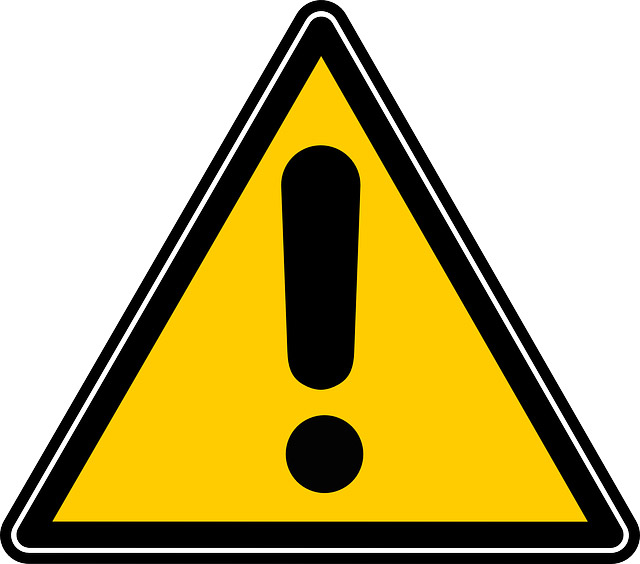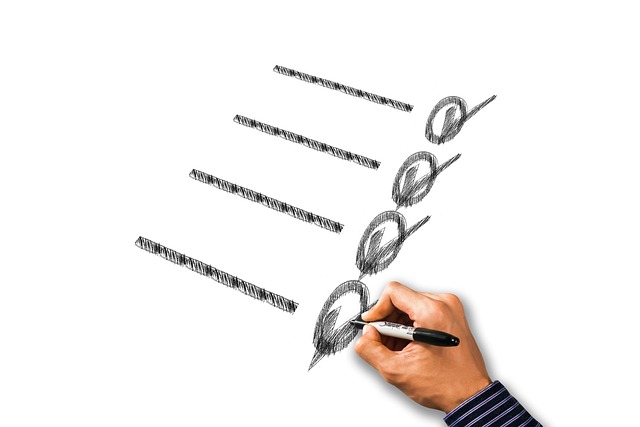Hook Writing: A Complete Guide for Nonfiction Writers
When you hear the word “hook,” what comes to mind? Perhaps it’s a fishing term or a tool for grabbing and holding on to a loose item.
In nonfiction writing, a hook is not that much different, at least not in the abstract, in other words, it’s an attention-grabbing literary device designed to capture your reader’s interest and attention and not let go. Your goal with a hook is to compel your readers to keep reading.
Hooks are critical to the success of nonfiction. If they fail to engage your readers, they may never make it past the first paragraph.
In this article we’ll dive into what hooks are and how to write them effectively plus you’ll learn 12 different types of hooks used in the world of nonfiction so you can find an effective way to keep your readers engaged!
How Do I Write a Clever Hook?

Writing a clever hook requires careful thought and planning. Before we move on the the different types of hooks that are popular with nonfiction authors, here are some hook-writing tips for you to consider:
1. Know your audience: Understanding your audience is essential to writing a hook that resonates with them. Consider their age, interests, and background when crafting your hook.
2. Be creative: Don’t be afraid to think outside the box and experiment with different types of hooks. The more creative and unique your hook, the more likely it is to grab your reader’s attention.
3. Keep it short and sweet: Your hook should be concise and to the point. Long, rambling hooks can quickly lose your reader’s interest.
4. Make it relevant: Your hook should be relevant to your topic. A hook that doesn’t relate to your content will only confuse your reader and turn them off.
5. Use sensory language: Sensory language can help bring your hook to life and make it more engaging for your reader. Use vivid descriptions to help them visualize the scene you’re setting.
Types of Hooks
Great, now that you know what’s required to write a clever hook, let’s look at the different types of hooks that you can use to capture your nonfiction reader’s attention. Which type you choose will depend on the nature of your book and your audience.
Below are 12 of the most popular types of hooks used in nonfiction books:
1. Question Hook
One of the most common types of hooks in nonfiction writing is the question hook. As the name suggests, it involves posing a question to the reader that piques their curiosity and encourages them to read further.
This type of hook works particularly well when the question is thought-provoking or challenges the reader’s assumptions.
It can also be effective to start with a rhetorical question, where the answer is implied or obvious, to create a sense of intrigue.
Example: Have you ever wondered what it would feel like to orbit the planet? I experienced this three times, and the best part is, I’ve never been to space.
2. Anecdotal Hook
Anecdotal hooks draw readers in by sharing a personal or relatable story that sets the stage for your topic. This type of hook is particularly effective when your story is emotionally engaging and helps to establish a connection with your reader.
Anecdotes can be humorous, heartwarming, or even shocking, but they should always tie back to your main topic.
Example: I once tried to teach my dog how to skateboard — and to my amazement, I succeeded! (note to the reader: YouTube is chock full with these examples)
3. Description Hook
A description hook uses vivid language to paint a picture in the reader’s mind and create a sense of atmosphere or setting. This type of hook can be particularly effective in travel writing or in pieces that focus on sensory experiences.
By using descriptive language, you can transport your readers to a different time or place and create a memorable reading experience.
Example: The sun was just beginning to set over the rolling hills, casting a warm glow across the lavender fields. That’s when I experienced the power of now for the first time.
4. Statistics Hook

A statistics hook uses data and numbers to capture your reader’s attention and provide context for your topic.
This type of hook is particularly effective when the statistics are surprising or counterintuitive, as it can challenge the reader’s assumptions and encourage them to read on to learn more.
Example: Something as common as falling out of bed kills a lot more people than shark attacks in the US every year
5. Quotation Hook
A quotation hook uses a memorable quote or saying to introduce your topic and set the tone for your piece.
This type of hook works particularly well when the quote is from a well-known figure or has a cultural significance that resonates with your reader.
Example; “The greatest glory in living lies not in never falling, but in rising every time we fall.” — Nelson Mandela
6. Story Hook
Similar to the anecdotal hook, the story hook uses a narrative to draw your reader in and create a sense of intrigue. However, the story hook is typically longer and more detailed, providing a more immersive experience for your reader.
This type of hook is particularly effective in memoirs and personal essays, as it allows your reader to become emotionally invested in your story.
Example: It was dark and cold and I found myself stranded in the middle of nowhere with a broken down car and a dead cell phone. Then, something amazing happened.
7. Metaphor Hook
Metaphors can be used to create an image in your reader’s mind that relates to your book’s main idea.
A metaphor is a figure of speech that describes something as being something else, often in a poetic or imaginative way. This type of hook can be especially useful if you need to convey a complex concept in a more relatable way.
Example: Life is a journey, and we are all just passengers on the same train.
8. Statement Hook

A statement hook is a straightforward approach to hook writing that involves making a bold or surprising statement.
The statement should be provocative enough to grab your reader’s attention and make them want to read more. This type of hook works well if your writing aims to challenge common assumptions or present a new perspective.
Example: The world is not as black and white as we would like to believe.
9. Thesis Hook
The thesis hook begins with a clear and concise statement of your main argument or claim.
This type of hook is commonly used in academic or scientific writing, where your goal is to persuade your readers to accept your point of view.
Example: The use of alternative energy sources is crucial for the long-term sustainability of our planet.
10. Provocative Hook
The provocative hook is designed to challenge your reader’s assumptions or beliefs, creating a sense of intellectual curiosity. This type of hook encourages your reader to think critically about your topic.
Example: When it comes down to it, the concept of free will is just an illusion.
11. Literary Hook
The literary hook references a famous work of literature or a well-known author whose experience can be related back to your main topic.
This type of hook creates a sense of familiarity and can be used to draw connections between your reader’s own experiences and your subject matter.
Example: In Jane Austen’s Pride and Prejudice, the characters’ societal expectations and prejudices create a barrier to their happiness and fulfillment. Our own internal barriers are even stronger than society’s.
12. Stylistic Hook
The stylistic hook uses unique or unusual writing techniques to capture your reader’s attention, creating a sense of intrigue. It can be used to signal to your reader that you’re taking an unconventional approach to your topic.
Each type of hook has its own unique benefits and can be used to create different effects. However, the most important thing to keep in mind is to choose a hook that is relevant to your topic and your audience.
Example: In a world where everyone is constantly connected through technology, it’s easy to forget the simple pleasures of a good book and a cup of coffee.
Wrapping Things Up
Mastering the art of hook writing is an important skill for a nonfiction writer. By following the guidelines and examples above, you should learn how to write a clever and effective hook that will capture your readers’ attention from the very beginning.
Also, make sure you read a lot of nonfiction from the pros to deconstruct how they hook their audiences, then start experimenting with different types of hooks to grab your reader’s attention and keep them engaged throughout your entire piece!

Harry Wallett is the Managing Director of Cascadia Author Services. He has a decade of experience as the Founder and Managing Director of Relay Publishing, which has sold over 3 million copies of books in all genres for its authors, and looks after a team of 50+ industry professionals working across the world.
Harry is inspired by the process of book creation and is passionate about the stories and characters behind the prose. He loves working with the writers and has shepherded 1000s of titles to publication over the years. He knows first-hand what it takes to not only create an unputdownable book, but also how to get it into the hands of the right readers for success.
Books are still one of the most powerful mediums to communicate ideas and establish indisputable authority in a field, boosting your reach and stature. But publishing isn’t a quick and easy process—nor should it be, or everyone would do it
One response to “Hook Writing: A Complete Guide for Nonfiction Writers”
-

Great hooks. How could you help me with my non fiction book ?








Leave a Reply